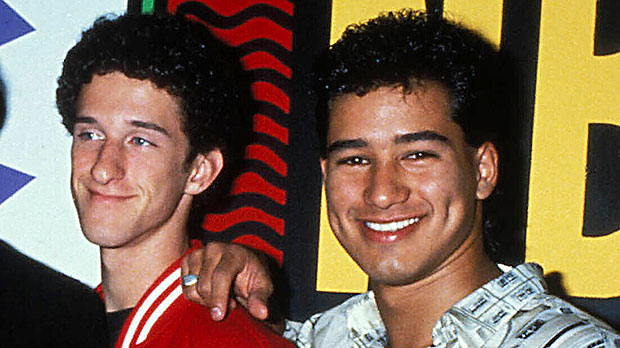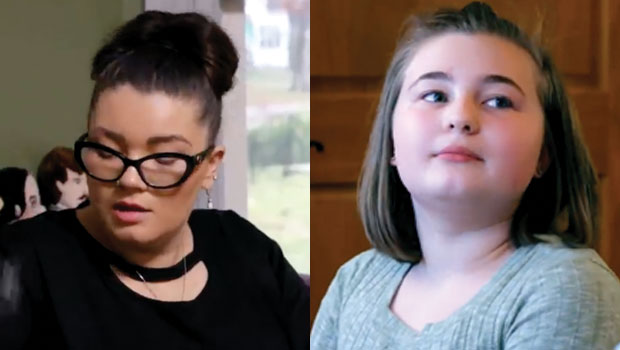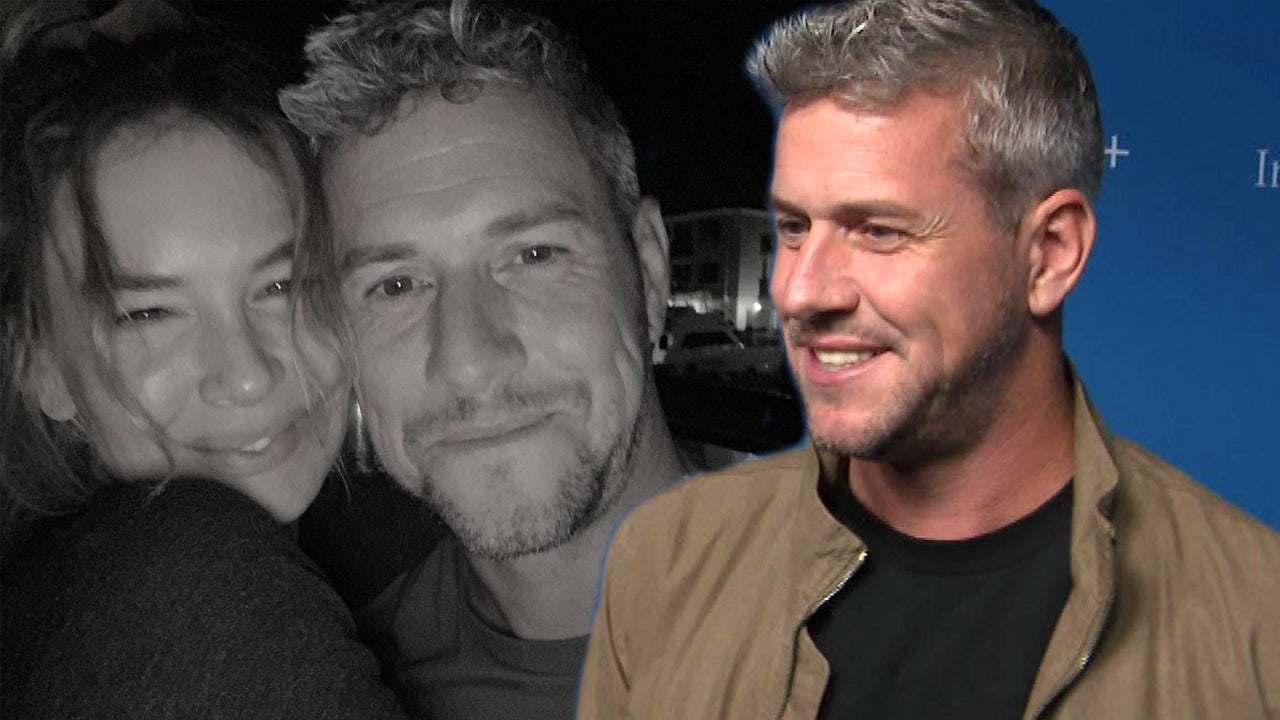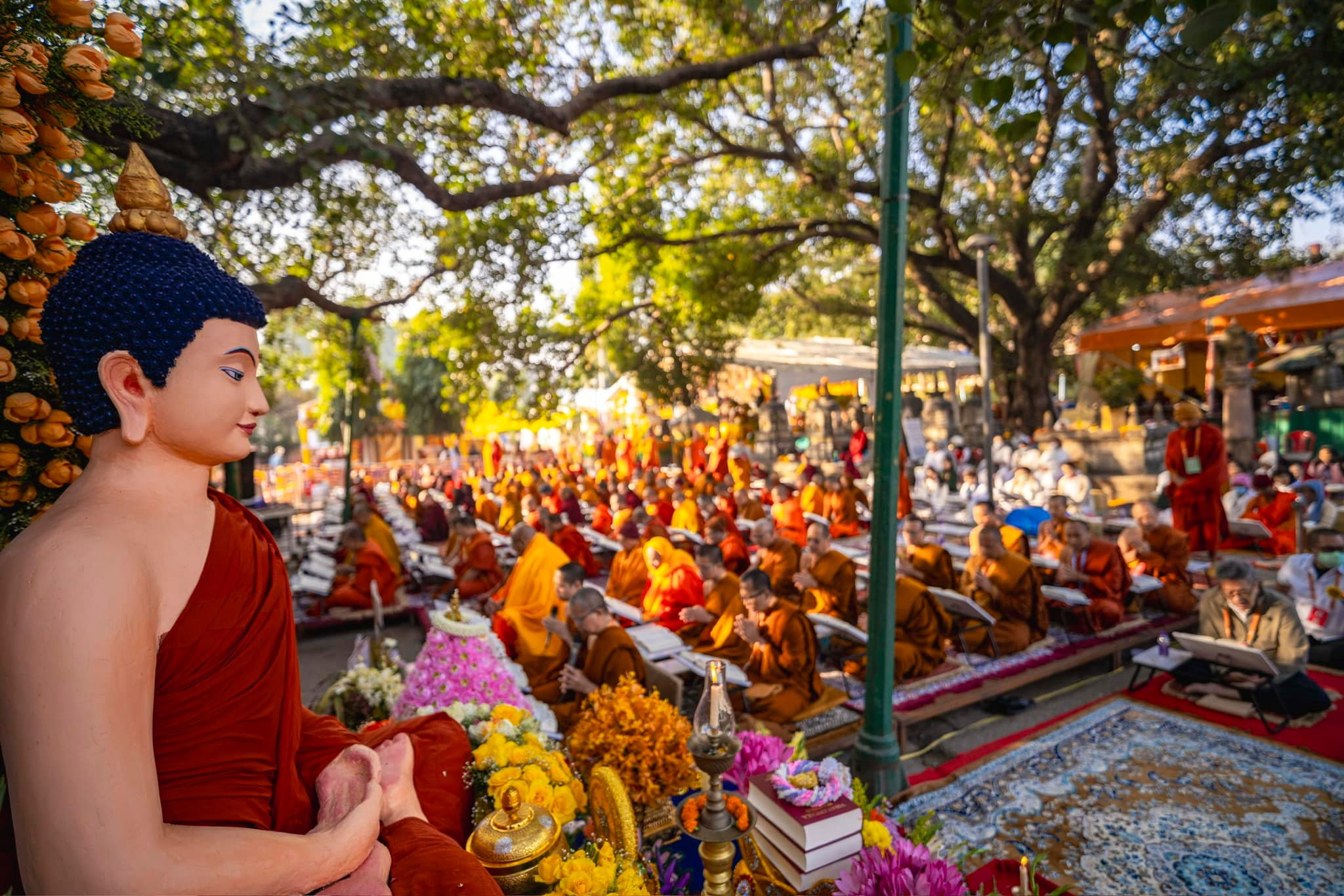Tribeca 2022 Women Directors: Meet Tessa Louise-Salomé – “The Wild One”
Tessa Louise-Salomé is a Paris-based director, writer, and producer whose work foregrounds visually poetic approaches to storytelling. Her films as a director include the Sundance Jury Prize nominee “Mr. Leos caraX.” Louise-Salomé’s films as a producer include documentaries that...

Tessa Louise-Salomé is a Paris-based director, writer, and producer whose work foregrounds visually poetic approaches to storytelling. Her films as a director include the Sundance Jury Prize nominee “Mr. Leos caraX.” Louise-Salomé’s films as a producer include documentaries that combine social justice issues with a focus on the artist’s creative universe, and have premiered at Cannes Film Festival, Venice Film Festival, IFFR, and CPH:DOX.
“The Wild One” is screening at the 2022 Tribeca Film Festival, which is taking place June 8-19.
W&H: Describe the film for us in your own words.
TLS: “The Wild One” is the story of Jack Garfein, a young boy from the Carpathian Mountains who lost his entire family in the Nazi concentration camps, and who learned how to act in the camps in order to survive. Who saved himself time and time again through this instinct.
When he emigrated to the U.S. at the age of 16, he was alone and knew practically no one, but he achieved a kind of mythic, precocious success —- becoming a Broadway legend, Hollywood’s new promising director, the friend and collaborator of Lee Strasberg, Elia Kazan, Ben Gazzara, and Marilyn Monroe.
He developed his own acting technique, brought the Actors Studio to Hollywood with Paul Newman, and became a mentor to countless actors. But all this was opposed by an equally precipitous fall into obscurity after his films “The Strange One” (1957) and “Something Wild” (1961) tackled issues of race, homosexuality, rape, and the violent rituals of military academies.
In many ways, his films displaced his own trauma to capture lives destroyed by oppression in the postwar landscape, and Hollywood wasn’t ready for it. Jack was at the vanguard of a kind of independent cinema that came too soon. In this way, “The Wild One” is also the history of a cinema we don’t know — one that was uniquely audacious and ahead of its time.
W&H: What drew you to this story?
TLS: I was coming out of production on my documentary “Mr. Leos CaraX,” about the enigmatic French director. Everything about him — his character, his creativity — seemed to spring from this place of obscurity, this realm of the unconscious. And when I met Jack Garfein, it was like I’d encountered a kind of light. A kind of beacon.
I was instantly gripped by his multi-faceted character. Everything about him called for a film: his tragic origins as an artist that were almost like a modern myth, his individual panache that defied history, his incendiary talent and character, his two little-known but highly dissident films. Filming his story is a way of capturing the world — Europe, the Shoah, the American Dream, cinema, theater — as he experienced it, thirsting for freedom, and obsessed with pinning down the various ways that power, any form of power, appropriates the psychic reality of the individual.
His concern for freedom is at the root of his personal trajectory and the subjects of his films, as much as it is at the core of how he treats them. It’s the source of all his secrets: the secret of his different identities, of his survival, of his creative energy, but also of his disappearance. This radical quest for authenticity — this permanent penchant for trouble — are at the center of Jack’s story.
W&H: What do you want people to think about after they watch the film?
TLS: For me, Jack is strength. Life. This supreme instinct for survival and this deep-seated desire for freedom. He’s a character that you’ll carry with you all your life once you meet him. I would like people to carry this story with them, to have Jack inhabit a small part of their memory. Of course, I’ll be happy If they want to see his films.
W&H: What was the biggest challenge in making the film?
TLS: Everything was the biggest challenge! Being a woman directing and producing at the same time. Making a film on this 88-year-old artist and survivor who’d been sidelined by history. Getting through the pandemic travel restrictions when the film was being shot in multiple locations around the world. Jack’s death in the middle of production. Having to reinvent the film without him. Constantly convincing everyone that we could see this through.
It was like being the captain of a boat on a turbulent sea that we’d been crossing for almost seven years.
W&H: How did you get your film funded? Share some insights into how you got the film made.
TLS: ARTE/Cofinova (Rémi Burah) and MEDIA EUROPE came on to the project in the early stages, and both provided enormous support in developing the film, as well as the French CNC. I also met my sales agent, The Party Film Sales, early on, which allowed me to launch the project.
Still, financing the film was a real uphill battle, particularly because of interruption of funding during the COVID pandemic. Executive producer Lynda Weinman came in at a critical moment to finance the film and allowed us to continue production.
Finally, I had post-production support from the Jewish Film Institute, the Claims Conference, and Jewish Story Partners.
W&H: What inspired you to become a filmmaker?
TLS: As a filmmaker, I’m self-taught. Being hyperactive, I like to do a lot of things — to have a hand in all different parts of a project. So, making films is like the perfect outlet, the perfect arena, for this hyperactivity. It fulfills my impulse to be restlessly involved, constantly creating. When I make films, I feel like myself, like I’ve found my place.
W&H: What’s the best and worst advice you’ve received?
TLS: The worst advice I’ve received — and I’ve often been told this — is to focus on one skill. I understand the idea, but I don’t agree with it. I would say, instead, explore your skills. You don’t necessarily need to specialize or limit yourself to just one creative ability or one kind of expertise.
As for the best advice, I cannot recall any general advice, but I have an anecdote about “The Wild One” in particular. At the very beginning of filming, I confided in cinematographer Caroline Champetier, whose work I really admire, that it was extremely difficult to film Jack. That he’d often grow restless, get suddenly agitated or excited, and exit the frame. That he’d sometimes approach the camera so closely, everything would become blurry, or at other times, he’d stray so far that no optics seemed suitable. And she gave me the simplest and most obvious piece of advice that I hadn’t immediately thought of: “Hold a fixed frame, let him go out of field — move about, approach, become blurred, disappear. This is how you can better capture his essence.”
W&H: What advice do you have for other women directors?
TLS: Never listen to someone who says “no.” I try to surround myself only with people who know how to say, “Yes, we can do this. We’ll get there.”
W&H: Name your favorite woman-directed film and why.
TLS: The films of Claire Denis. I think she’s a major director, a unique artist in contemporary cinema. Her films are unsettling, poetic, supremely choreographed.
W&H: How are you adjusting to life during the COVID-19 pandemic? Are you keeping creative, and if so, how?
TLS: Creativity is closely connected to our experience of time, so even if Covid slowed down the film’s funding, it offered a necessary pause and opened up a space for creativity that was extremely important.
When you start making a film, it’s a kind of mad dash from the very beginning until after its release, and when the pandemic hit, it created a rift in time. It allowed us to put ourselves in a different headspace and, for my part, to explore creativity differently.
W&H: The film industry has a long history of underrepresenting people of color onscreen and behind the scenes and reinforcing — and creating — negative stereotypes. What actions do you think need to be taken to make Hollywood and/or the doc world more inclusive?
TLS: This is precisely the subject of my film. Jack Garfein was censored in Hollywood for this very reason. And what I find particularly mind-blowing is that he was banished from the industry for having cast Black actors in his movie, “The Strange One,” against the will of the studio. It happened more than 60 years ago, and there are still so many issues with underrepresentation today.
But I don’t think we’ll get real change by imposing mandates on who we see onscreen. What matters most is who ends up in the director’s chair, who’s in the writer’s room, who the producers are. This is where the industry needs to be more inclusive, so that those who are underrepresented are the ones telling the stories.

 Konoly
Konoly 







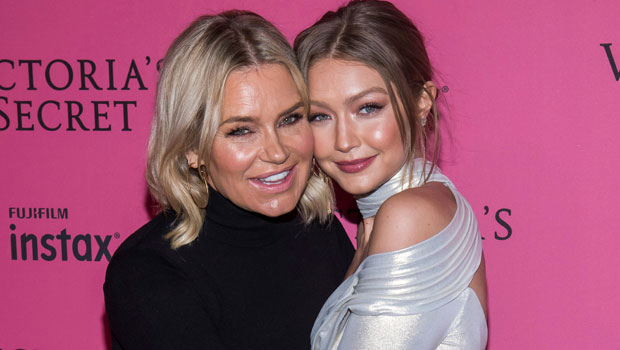
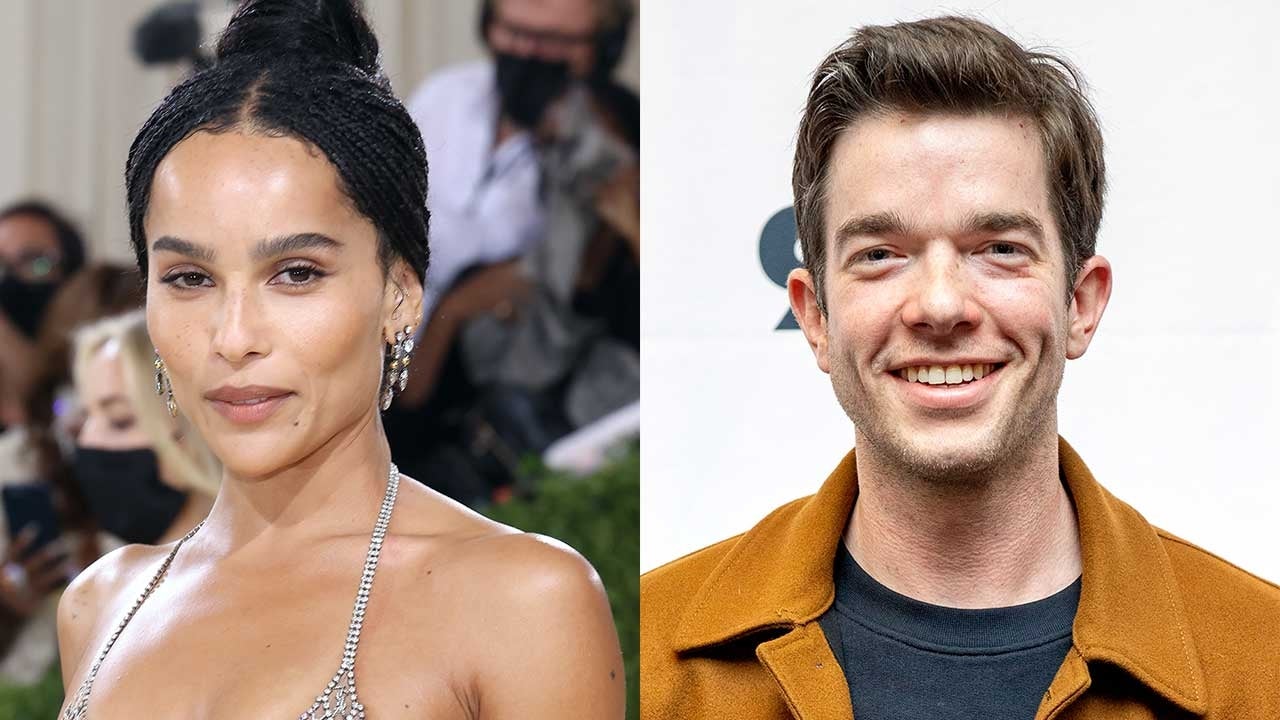
![‘The Bachelorette’: Katie Reluctantly Sends [SPOILER] Home After Concerns From The Other Men](https://hollywoodlife.com/wp-content/uploads/2021/07/Katie-Sends-Home-Concerns-From-Men-ABC-frt.jpg)
